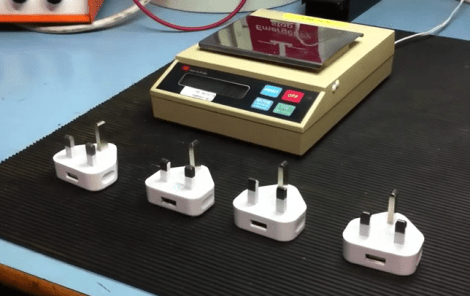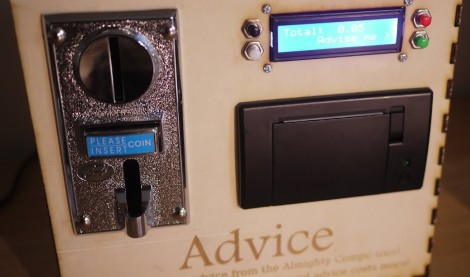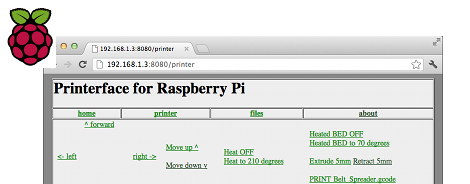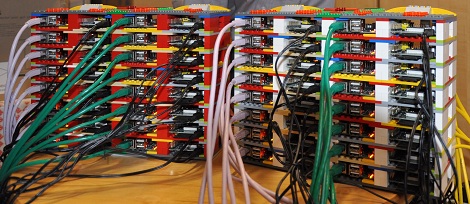
Over on the XDA developers forums, something really cool is happening. Android hacker extraordinaire [AdamOutler] has managed to port the Android Debug Bridge to the Raspberry Pi.
The Android Debug bridge allows hardware tinkerers full access to their Android device. This feature has been used to build everything from telepresence robots to connecting a MIDI keyboard to a phone. With this port of the Android Debug Bridge, anyone can take advantage of the existing hacks and hardware written around the ADB to build something completely new.
Of course, the port of the Android Debug Bridge is only useful if your Raspi is running Android. Current Android builds for the Raspberry Pi are janky at best, but the current rate of progress does look encouraging. Hopefully with the most useful Android tool ported to everyone’s favorite credit-card sized computer, the progress of the Raspi/Android builds will pick up their pace.




















